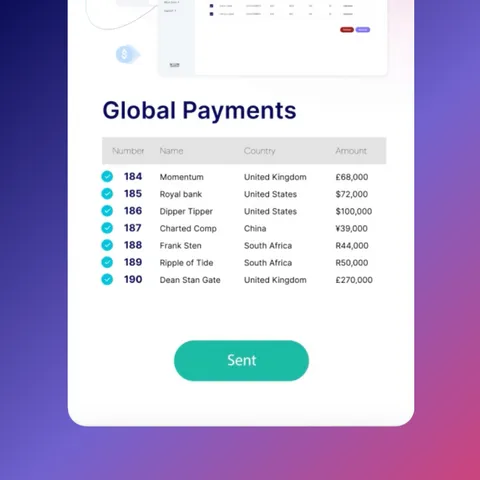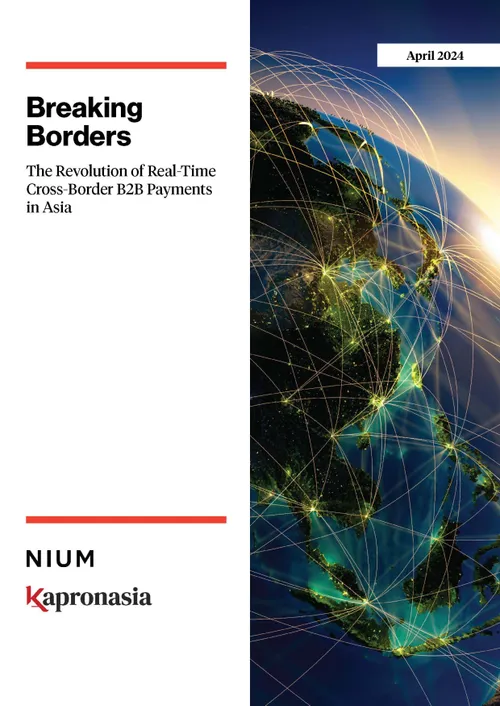Five Payments Best Practices For Online Travel Agencies Amid A Pandemic
Travel and tourism were among the sectors hardest hit by Covid-19. The 65.9% annual fall in air passenger traffic in 2020 reported by the International Air Transport Association (IATA) was the biggest decline in aviation history, and no form of transport or travel has gone unscathed. The result: online travel agents (OTAs) have experienced a massive dent in their profits. For example, Expedia’s revenue fell by 57% while Booking.com’s fell by 55%.
As third-party agents, OTAs connect consumers to hotels, flights, car rentals, holiday packages and any other service related to travel. When a customer requests a booking for a particular service, the OTA will typically send an authorisation request to the payment service provider (PSP), having first checked that the supplier can meet the demand. If a positive confirmation is received, the OTA can make the transaction.
But it’s not always easy and straightforward, as many things can impact OTA payment journeys. For example, the original price may have changed after the booking was requested, a service may be withdrawn, refunds or reversals may be required, foreign exchange adds to the complexity of international transactions, and fraudsters will be quick to exploit any weaknesses with online and mobile payments. Additionally, OTAs must accommodate the growing number of payment methods that consumers expect to see at checkout.
Key payment challenges and best practices
Covid-19 has forced businesses to focus on being more resilient and adjust their operating models in response to the ‘new normal’. More importantly, it’s an opportunity for businesses to ‘build back better’.
Below are five ways for OTAs to realign their payments strategies and emerge stronger from the pandemic.
1. Achieve global reach with cross-border payments – successful international payments depend on the ability to exchange money across many countries and currencies. This must be done with minimal risk, as cost-efficiently as possible, and in compliance with different regulations and local practices. Fluctuating FX rates, geopolitical changes, and protracted settlement times all add to the difficulty of smooth transactions.
OTAs must offer customers a wide range of currencies and build payment systems that are optimised for international transactions. Increasingly, card strategies are seen as one of the best ways to improve cross-border payments, as they embrace multiple currencies and make international payments seem as if they were local.
2. Build trust with flexible reimbursement and cancellation processes – The disruption caused by Covid-19 has highlighted the need for better strategies for refunds and reversals. The cancellation of holidays and travel arrangements has resulted in an unprecedented increase in requests for reimbursement, and reputations have been damaged when money has not been forthcoming.
Whatever the direction of flow, payments must always promote a good customer experience. If reimbursements are slow or unfairly challenged, customers will not return – and their negative impressions may be aired on social media. OTAs can avoid this by using virtual or plastic cards rather than bank transfers or airline settlement plans, which offer limited options to get money back when issues arise.
3. Enhance CX by offering multiple payment methods – customer expectations are changing because digitalisation is shaping buying habits, and Covid-19 has accelerated the trend for online and mobile commerce. OTAs need to accommodate customers’ different payment preferences, or risk losing loyalty and seeing churn.
OTAs must therefore keep pace with customer payment preferences in the post-Covid era and offer payment methods that support all types of transactions. Card payments are a must, and digital wallets are increasingly popular. Reward schemes also add value for customers and boost loyalty.
4. Integrate payments with the buying experience – Friction in the payment experience can cause customers to drop-off – churn that OTAs can’t afford as they build back post-pandemic. OTAs need to consider how the payment experience fits within the wider customer journey to ensure they are meeting expectations at every single touchpoint.
OTAs should think holistically about the customer’s buying experience and integrate frictionless payment experiences that enhance it. The payment process shouldn’t just be convenient, but near-invisible, blending in seamlessly to avoid experience gaps that could turn customers off.
5. Reassure customers with seamless and secure payments – nothing undermines the credibility of an online business more than poor security and compromised or inefficient payments. As the world of travel has moved online, so have fraudsters. Frauds were a growing threat before Covid-19 struck, but the pandemic has given fraudsters a perfect opportunity to sharpen their skills and exploit weaknesses.
We have seen a significant increase in security failures. For example, many travel booking sites were hit by a huge data breach at the end of 2020. This is why it’s important to redouble security measures and for online payments across the European Economic Area and the UK to prepare for strong customer authentication (SCA), which has had deadline extensions because of Covid-19.
Adopt Best Practices To Future-Proof Your Payments Strategy
OTAs adopting these best practices and prioritising their payment strategies will emerge more strongly from the pandemic. They will protect cash flow, enhance customer experience and security, and build new revenue streams while reducing operating costs. Crucially, they must pick the right payment partner to help them recover from Covid-19 and gain a competitive advantage.
Nium’s global payment infrastructure removes the complexity of payments for international businesses and can be specifically tailored to meet the needs of OTAs. To find out more, see our travel and logistics page and explore our global financial services platform.

Related Articles

.png@webp)
.png@webp)
.png@webp)




.png)










